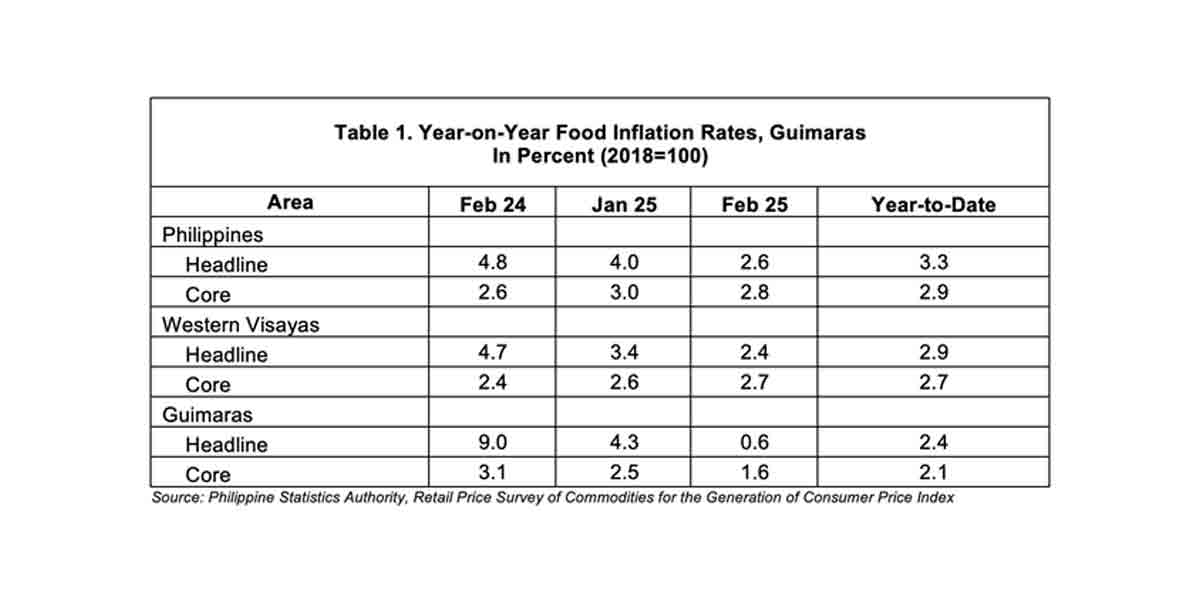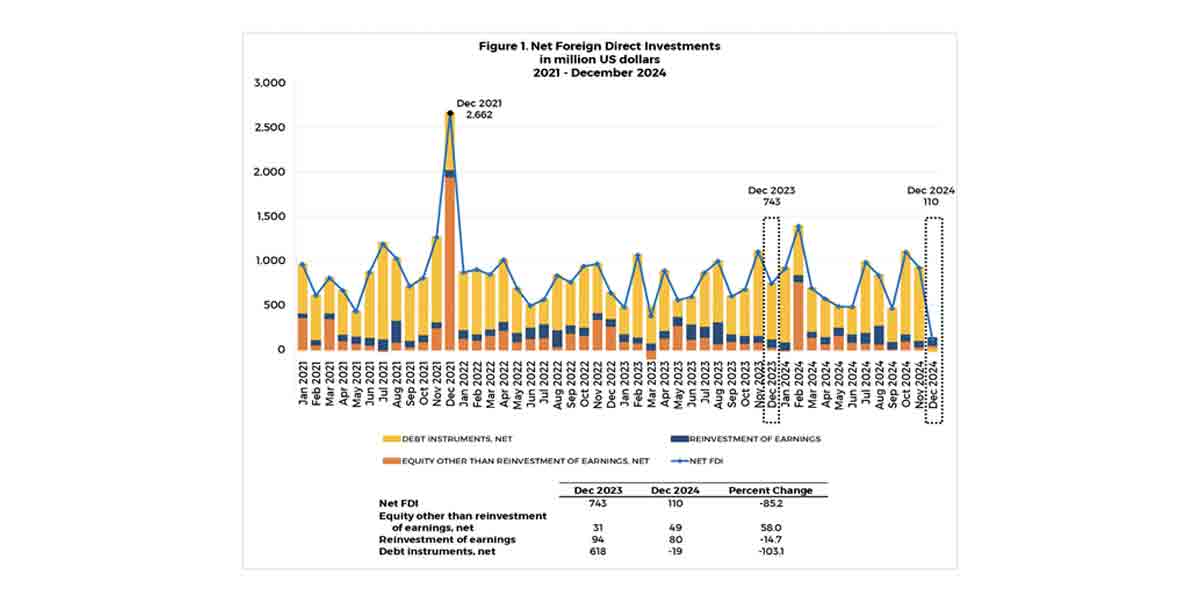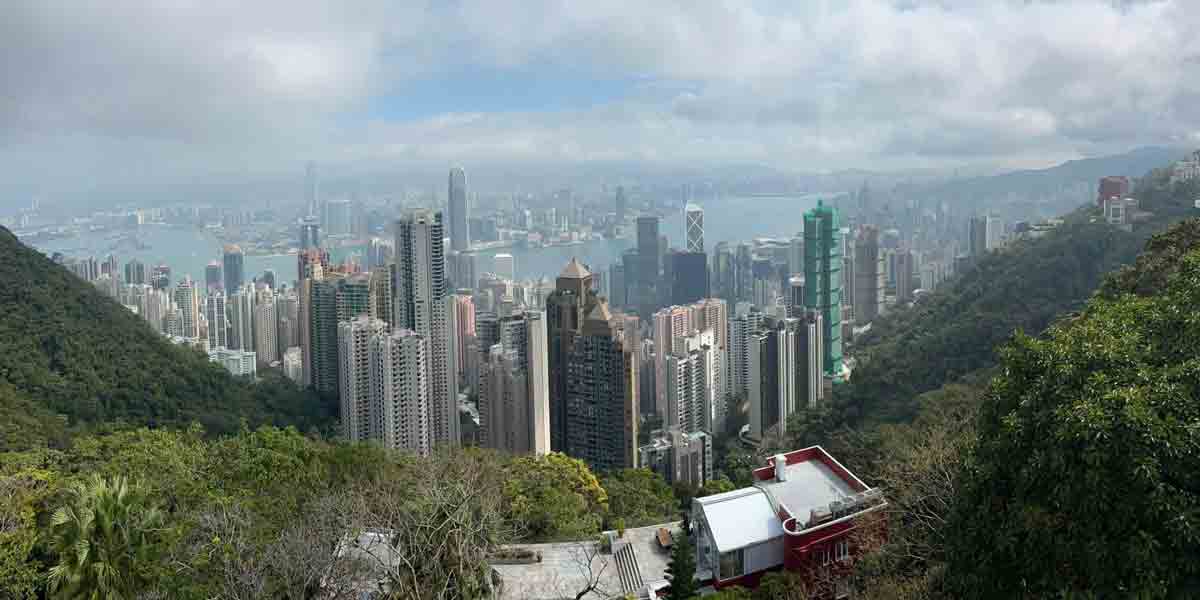
By Francis Allan L. Angelo and Sean Rafio
National Economic and Development Authority (NEDA) Secretary Arsenio M. Balisacan reported a significant 5.7% growth in the Philippines’ gross domestic product (GDP) for the first quarter of 2024.
Based on data from the Philippine Statistics Authority (PSA), the growth rate aligns closely with Vietnam’s, surpassing major economies like China at 5.3%, Indonesia at 5.1%, and Malaysia at 3.9%, although it remains slightly behind India’s 6.2% projection.
Despite adverse conditions including a prolonged heatwave, El Niño effects, and global geopolitical tensions, the resilience of the Filipino people and industries is evident in this robust economic performance. The agricultural sector still managed a growth of 0.4%, a remarkable feat considering the challenges posed by El Niño.
The industry sector also saw a commendable increase of 5.1%, driven largely by manufacturing and higher outputs in food, electronics, and chemicals. The services sector, boosted by the resurgence of tourism, grew by 6.9%.
A significant improvement was seen in the net exports sector, which surged by 9.5% after a contraction in the previous year. This rebound was primarily due to a revival in the exports of electronic products, while imports of transport equipment saw a decline.
Balisacan highlighted some areas of concern, including moderated growth in domestic demand, a slowdown in construction due to the heat, and a dip in household spending triggered by rising food prices and the heatwave. Government spending also slowed, attributed to a shift in the timing of expenditures from March last year to April this year.
In response to these challenges, the government is intensifying its focus on food security, strategic trade policies, and innovations in agriculture to mitigate climate impacts. “We are committed to utilizing strategic trade policies to augment domestic production and establish mechanisms to empower consumers to combat inflation,” Balisacan stated.
Looking ahead, the NEDA secretary discussed initiatives to spur investment and create jobs. These include enhancing tourism infrastructure, the ‘Build-Better-More’ program, and the full implementation of the PPP Code to increase private sector project financing. The administration is also leveraging trade deals such as the CHIPS Act of the United States to bolster the semiconductor industry and tap into natural reserves of green metals.
Digital economy expansion is another priority, with efforts aimed at enabling businesses, especially MSMEs, to adapt to digitalization and emerging technologies.
The government is also working on improving efficiency in tax and customs administration to enhance collection and considering the Maharlika Investment Fund as a potential resource for funding priority sectors.
Despite the challenges posed by climate change, which has affected various sectors including education and labor due to high heat indices, the government remains optimistic about its economic trajectory and is dedicated to achieving inclusive growth and reducing poverty levels.
“Our goal,” Balisacan concludes, “is to facilitate massive investments in both physical and human capital to not only improve our economy’s competitiveness but also significantly reduce poverty by 2028.”
The recent growth number was higher than the 5.5 percent clip seen in the fourth quarter of 2023, but lower than the 6.4 percent growth seen in the first quarter of last year.
The first quarter gross domestic product (GDP) growth, however, fell short of the government’s target for the period and slower than the 6.4 percent expansion in the same three months in 2023.
The PSA said all major economic sectors, namely: Agriculture, forestry, and fishing (AFF); Industry; and Services posted year-on-year growths in the first quarter.
Agriculture however saw a sharper slowdown in growth amid the effects of the El Niño phenomenon.
Household consumption grew by 4.6 percent while government spending grew by 1.7 percent, gross capital formation grew by 1.3 percent, exports of goods and services increased 7.5 percent, and imports of goods and services were up 2.3 percent.
Economic managers earlier lowered the growth target for 2024 to 6 to 7 percent from 6.5 to 7.5 percent citing external factors such as global demand and trade growth, oil price movements, expected exchange rate and inflation trends.






















